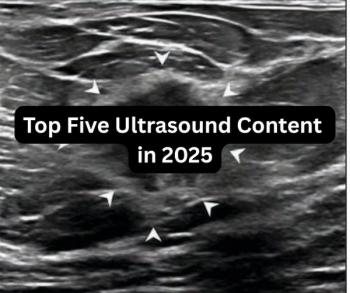Spectral CT System Gets FDA Clearance for Radiation Oncology Use
The Spectral CT 7500 RT system reportedly combines 4D conventional computed tomography (CT) with the enhanced quantification and visualization of spectral CT to facilitate improved precision with radiotherapy.
The Food and Drug Administration (FDA) has granted 510(k) clearance for the Spectral CT 7500 RT system, which enables clinicians to access the capabilities of 4D conventional computed tomography (CT) and spectral CT in one scan.
Geared to radiation oncology, the
Emphasizing that the Spectral CT 7500 RT system is the first radiation therapy CT platform to provide respiratory-gated spectral imaging, Philips said the system offers automated stopping-power ratio (SPR) mapping and direct electron density to improve the accuracy of radiotherapy dosing.
"The Spectral CT system provides us with several capabilities that conventional CT does not have. It can provide electron density and effective atomic number results, which we can convert to the proton stopping-power ratio. And published data shows that the stopping power ratio obtained in this way has fewer uncertainties compared to regular calibration curves, thereby reducing the uncertainty margins during treatment planning," noted Zhong Su, Ph.D., the physics director in the Department of Radiation Oncology at the University of Arkansas for Medical Sciences (UAMS) Medical Center in Little Rock, Arkansas.
Philips noted the Spectral CT 7500 RT system will be showcased at the upcoming Radiological Society of North America (RSNA) Annual Meeting in Chicago December 1-5, 2024.
Newsletter
Stay at the forefront of radiology with the Diagnostic Imaging newsletter, delivering the latest news, clinical insights, and imaging advancements for today’s radiologists.





























